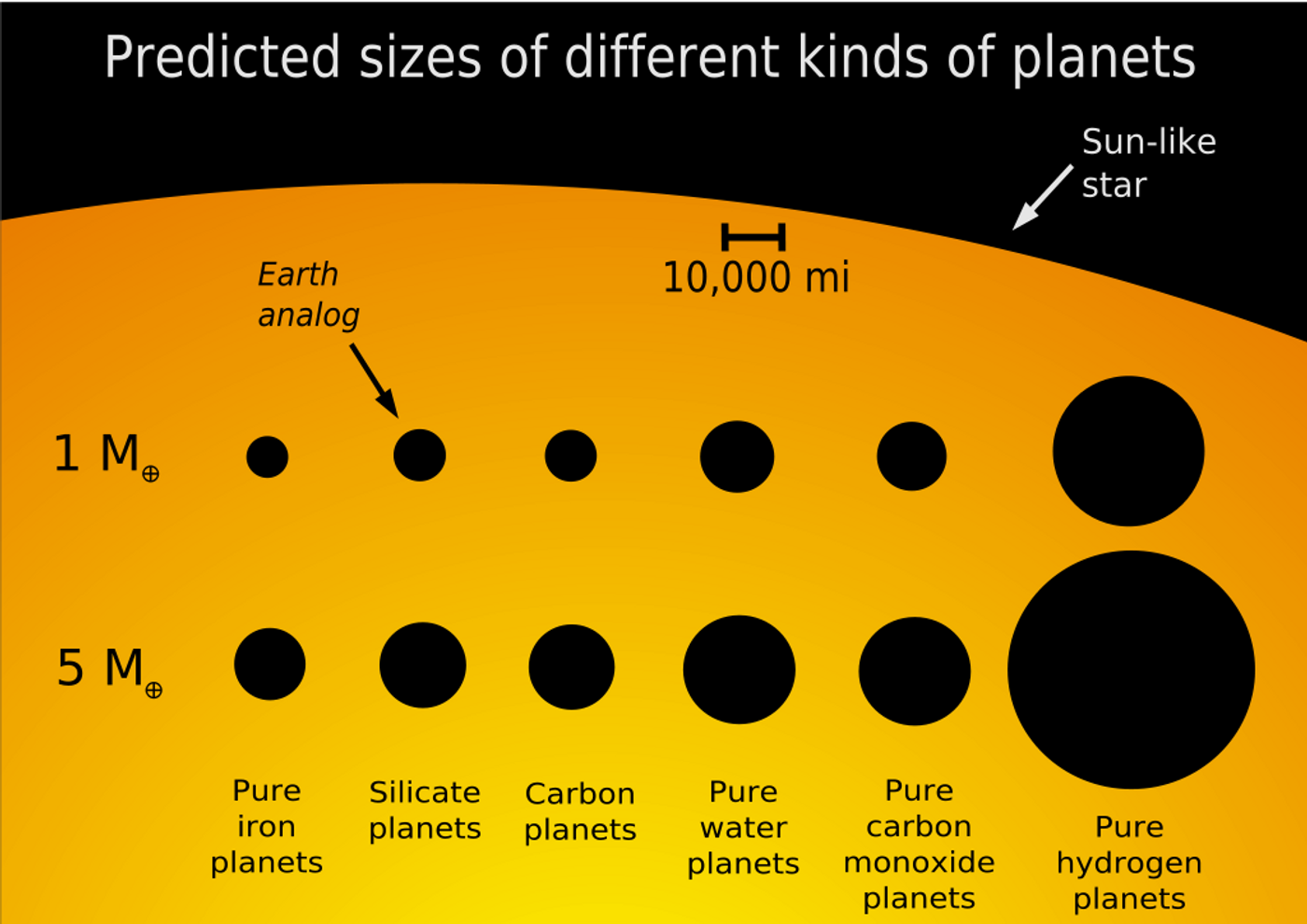Laser Experiments Simulated Ultrahigh Pressure at the Core of a Super-Earth
What is like in the core of large rocky planets? Using high-powered laser beams, a team of researchers from Princeton University, Lawrence Livermore National Laboratory and the University of Rochester have simulated conditions inside those so-called super-Earths, exoplanets that have up to ten times that of Earth's mass.
Super-Earths have long captured astronomers’ attention because a lot of them have Earth-like planetary features. If they also orbit a star in the habitable zone, they could be prime candidates to host alien life form. These exoplanets all have a mass higher than Earth's, but substantially below the masses of the Solar System's ice giants such as Uranus and Neptune.
The first super-Earths were discovered orbiting around a pulsar called PSR B1257+12 in 1992. The two outer planets of the system have masses approximately four times Earth. In the following decades, 2,000 of super-Earths have been found.
In August 2016, astronomers announced the detection of Proxima b. It is an exoplanet that is 1.3 times the size of earth, and its red dwarf star Proxima Centauri, the closest star to the Sun, in the so-called Goldilocks zone. The news has triggered huge public interests of exoplanets and extra-terrestrial life.
Although all are rocky planets, different makeup ingredients could determine the size of the planets. For example, Iron-rich planets are smaller and denser, when compared to other planets of comparable mass but made of other elements such as silica, carbon, water and even carbon monoxide.
The structures and compositions of super-Earths are intriguing subjects because we cannot find any example in our own backyard. Mercury, Venus, and Mars are rocky planets, but they are all smaller than the Earth.
Scientists can safely assume the main components of super-Earths are iron-silicon alloy due to their size and density relationship. By studying how iron and silicon alloys behave under an extraordinarily high pressure created by the laser, researchers are modeling what could be happening at the core of super-Earths and gain new insights into the nature of these planetary giants.
In the study, two samples of the iron-silicon alloy were compressed for only a tiny fraction of a second, just long enough to allow scientists to probe the atomic structure using a technique called X-ray diffraction. The pressures measured in this study was 1,314 gigapascals (GPa) at the highest, almost four times higher compared to the Earth (330-360 GPa). The X-ray diffraction pattern provided information on the density and crystal structure of the iron-silicon alloys, revealing that the crystal structure changed with higher silicon content and generate new, more robust models for the interior structure of large, rocky exoplanets.
The work was recently published in the journal Science Advances
NASA Confirms Closest Super-Earth Ever. (Wall Street Journal)










